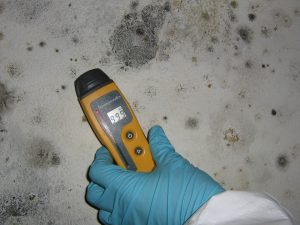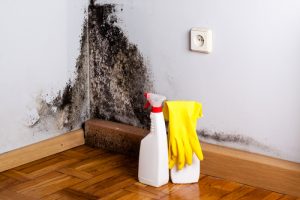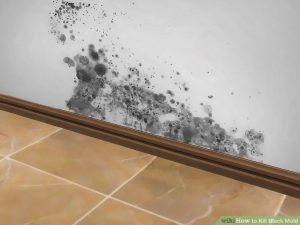Mold remediation is a process that needs to be done when there is mold growing in your Nashville home, often from water damage. Mold can be found anywhere in the house, but it usually grows on damp and dark surfaces. The problem with mold is not just how unsightly it is, but also the health risks it poses. If you need help, a Nashville water damage company is probably your best option.
This article will answer questions about what mold remediation is and what you need to know.
What is Mold?
Mold is a type of fungus that grows on damp surfaces. It can be found in many places, such as in the soil, on plants, and inside homes and offices. Mold can produce allergens and irritants; these substances may cause allergic reactions or other symptoms in sensitive individuals.
Mold can grow indoors or outdoors but it usually grows on moist building materials that are dark in colors such as drywall, ceiling tiles, wallpaper, fabric furniture upholstery, and carpeting.
How to Recognize Mold?
Some more common features of mold are its violet-blue color and fuzzy
appearance (like what you might see on bread). Mold needs moisture to grow; if
there is too much moisture with not enough airflow, mold will begin to grow.
All molds are different and have varying levels of toxicity. Some common signs
of mold growth in your home include:
-tiles of the floor are wet or dry and cracked
-musty smell in your home (it smells like mold)
-dark patches on walls, ceilings, cupboards, etc.
Why You Should Have a Professional Remove it?
Mold can cause serious health effects. It’s important to have a professional
remove it rather than try and do the removal yourself because of the spread of
mold in your home that might not be visible, as well as other considerations
such as allergies or asthma that need to be taken into account.
Some of the health effects that you might experience from mold include Allergic
reactions such as nasal congestion, eye irritation, and skin rash. Asthma
symptoms such as wheezing or coughing. Heavy metal toxicity can cause nausea,
neurologic problems, or liver damage among other things. Mold exposure could
also lead to long-term autoimmune diseases like asthma, chronic sinusitis, or
allergies.
The Process of Removing the Mold
The first step is to assess the situation. This will usually involve mold
testing to identify the type of mold, likely sources, and the extent of the
contamination. The second step is to use products such as antimicrobials or
biocides to kill off any remaining spores that might be lurking in your home;
this helps prevent any new spores from growing. Finally, all contaminated
materials should be removed from the home; these include things like carpeting
or drywall.
Next, the professionals will repair any underlying moisture or ventilation
problems. They may use a dehumidifier, for instance, to create more dry air.
Finally, the professionals will seal off any vents or other entry points that
might be a source of excessive moisture in your home. They may also use
high-quality paints and solvents to wall surfaces where mold was present. This
should prevent future contamination for up to five years.
In Conclusion,
Mold is a common problem that needs to be addressed quickly so it doesn’t cause
any damage. It’s important to remember that the health of you, your family, and
your pets come first before anything else. Mold can lead to long-term health
problems if left untreated or without proper precautions being taken. Hire
professionals for the remediation process to get the job done quickly and
safely.
 Simply put, mold removal refers to the process of getting rid of visible mold colonies from a building. This process is important because mold can cause myriad health problems including respiratory problems, skin irritation, and eye irritation, according to the Centers for Disease Control and Prevention (CDC). In addition to affecting your health, mold can also cause damage to your property, including your home.
Simply put, mold removal refers to the process of getting rid of visible mold colonies from a building. This process is important because mold can cause myriad health problems including respiratory problems, skin irritation, and eye irritation, according to the Centers for Disease Control and Prevention (CDC). In addition to affecting your health, mold can also cause damage to your property, including your home. Molds are an element of the natural environment.
Molds are an element of the natural environment.  complicated as leaks or flooding. Regardless of the reason, professional mold removal is essential.
complicated as leaks or flooding. Regardless of the reason, professional mold removal is essential.